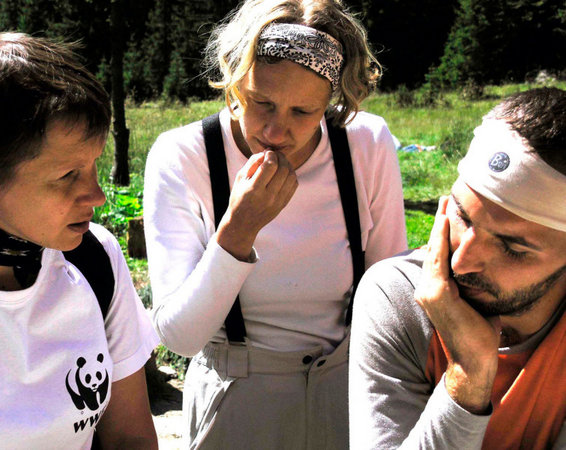
The State remains the most important actor in the management of protected areas (PAs), having almost absolute control over the process and over the resources at different levels. In all Carpathian countries, the authority and the responsibility for managing natural protected areas belongs to the state, through which, the Ministry of Environment or delegated to a public or private company, University, NGO or public administration, which then reports to the state authority, as is the case in Romania, Serbia, and Ukraine. Some primary forms of co-management were also identified, but usually the main decision-maker is the protected area management authority, which is a governmental body or a delegated governmental authority. No cases of full joint management were identified in the region. Privately protected areas, managed by NGOs or public administrations, as in Slovakia, Serbia, and Romania, and some community managed areas, like in Ukraine and Hungary, also exist, but usually only for smaller protected areas.
In most of the Carpathian countries, except Hungary and the Czech Republic, there are different forms of stakeholder bodies having consultative and guiding roles for the PAs which give a voice to main stakeholder categories and represent a good premise for dialogue and their involvement in the management process. Even when such structures exist, their role and functioning are not always very clear. In most of the cases where such stakeholder bodies exist, ensuring the representativeness of the most relevant actors, organizing effective consultation and participation processes remains problematic.
By the level of stakeholder involvement the following types of management, were identified: informative, consultative, functional, and weak forms of collaborative and joint management.
Major issues concerning governance to be addressed by policy measures
A. Land Use and Development Conflicts
The main conflicting factors should be considered as the main rationale for implementing participatory management:
1. Limitations and restrictions in land-use and natural resource management, for instance, the reduction of immediate economic gains for landowners and managers of natural resources without compensation payments, are one of the main sources of conflicts in the PAs of the Carpathians.
2. Pressures and threats deriving from development are the second driver for conflicts in PAs, either by causing habitat fragmentation or loss of biodiversity through unsustainable use of natural resources. Stakeholders perceive PAs as limiting factors for economic development mainly because the PA might prevent revenue generation critical for some of the stakeholders, but also because of limited information and understanding for the need of conservation management and long term benefits.
B. Protected Area Governance Issues
In all Carpathian countries most of the PAs are managed by the government either directly or by delegating the management authority. The existence of consultative and advisory bodies in some countries allows for some forms of active participation of the stakeholders, but the enabling conditions for effective and efficient participation are still not sufficient.
C. Protected Area Capacity Issues
In most countries there is a clear need for capacity-building (increasing knowledge and know-how for practitioners), allocating resources (special programs and budget lines) and for ensuring the legislative and procedural framework for management is enabled to participate.
WWF Danube-Carpathian programme assessed the status of participatory management in protected areas in all Carpathian countries and prepared guidelines for protected area managers on how to set up stakeholder involvement in their management planning. This activity was supported by the Swiss-based MAVA Foundation within the 2012 Protected Areas for a Living Planet Project – the Carpathian Mountain Region. Please refer to the links!
PDFs
Participatory Management of Protected Areas in the Carpathian Ecoregion Part II: Guidelines for Stakeholder Involvement in the Protected Area Management by WWF Danube-Carpathian Programme
